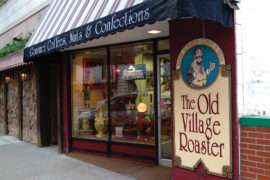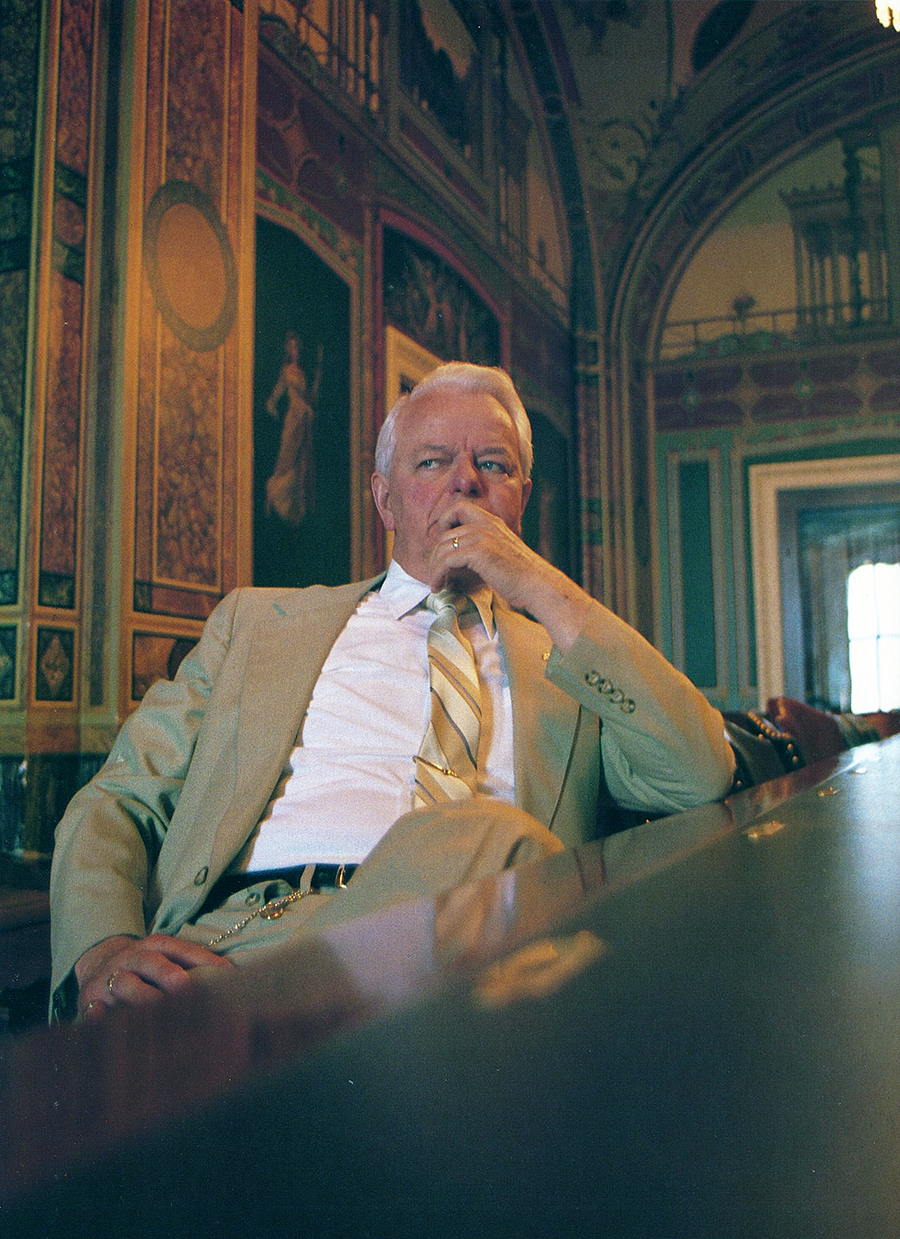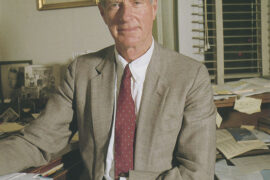By James E. Casto
HQ 9 | AUTUMN 1991
The year was 1927, and the streets of Huntington were a battlefield. The two combatants, however, fought with ink and paper rather than with bombs and bullets. For this was a newspaper war, the likes of which the city had never witnessed before and would never see again. Like most young towns, Huntington had seen a number of newspapers come and go. Now there were only two survivors – The Advertiser and The HeraldDispatch. Not surprisingly, they were bitter rivals.
At the helm of The Advertiser was Col. Joseph Harvey Long. Born in Pennsylvania in 1863, he had worked at newspapers in Wheeling, W.Va., and Erie, Pa., before coming to Huntington and buying a paper, The Herald. Oddly, he published The Herald for only 18 months and then sold it and quickly purchased another paper, The Advertiser. That was in 1895. As Huntington grew, so did The Advertiser. In 1924, when the Fifth Avenue Baptist Church moved from the northwest corner of 5th Avenue and 10th Street to its handsome new building two blocks east, Col. Long bought the church’s old location and erected there a new and modern home for his paper – a building that, while much remodeled and expanded over the years, remains in use by The HeraldDispatch today.
The Advertiser, an afternoon paper, was fiercely Democratic. The Herald-Dispatch, a morning publication, was equally fixed in its Republican views. In 1904, Floyd S. Chapman resigned as city editor of The Advertiser, and started his own newspaper, The Huntington Dispatch. The Herald and The Dispatch were merged in 1909 to become The Herald-Dispatch, with Boyd Jarrell Sr. as editor. After the merger, the paper was owned by F.A. MacDonald. When he died in 1911, his estate sold the paper to W.F. Hite and Dave Gideon. In 1919, Gideon became its sole owner.
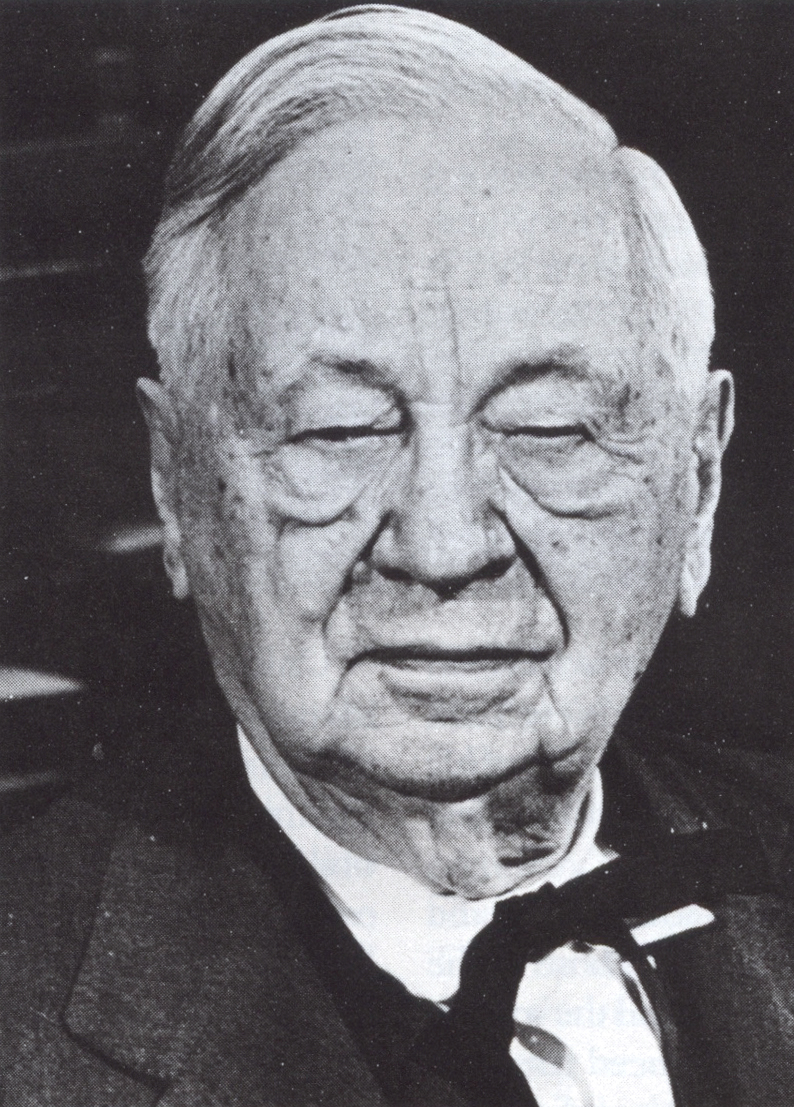
And so, as the 1920s arrived, it was inevitable that The Advertiser, under Col. Long, and The HeraldDispatch, now in Gideon’s hands, would lock horns. The Advertiser‘s new building was the talk of the town. And so, not to be outdone, Gideon also built a new home for The Herald-Dispatch next to the old Cabell County Library and just a few doors down the street from The Advertiser. (In future years, the building would be home to the now defunct Standard Printing & Publishing Co. Today, it houses the Job Service office of the West Virginia Division of Employment Security.)
There’s disagreement about who fired the first shot in Huntington’s Great Newspaper War. Certainly it seems hardly coincidental that the fanfare which marked the opening of the new home of The Herald-Dispatch had hardly died down before The Advertiser announced it was slashing its subscription rate from 15 cents a week to 10 cents. The Herald-Dispatch not only responded by cutting its own rate but also introduced a new afternoon paper, The Evening Journal, clearly aimed at winning readers away from The Advertiser.
In the 1920s, when newspapers were far more numerous than today, rivalry for syndicated features was keen. The syndicate salesman who failed to get his price from one paper simply went down the street to another. And in one of those exchanges, Gideon scored a real coup by snatching the enormously popular column of O.O. McIntyre, “New York Day By Day,” from the Advertiser and publishing it in The Evening Journal. A Missouri native, McIntyre broke into newspapering on the Gallipolis Daily Sun and later worked on Dayton and Cincinnati papers before joining the New York Evening Mail in 1911. Fired for incompetence, he started his own column and became one of the best known, and highest paid, newspaper writers of his day.
The battle between the two papers raged for months and might have gone on longer, but unbeknownst to those in the trenches, peace negotiations were going on behind the scenes. On August 8, 1927, the rival publishers announced they had reached an agreement to pool their resources. A new firm, the Huntington Publishing Co., was to be formed with Col. Long as chairman of the board and Gideon as president. The Herald-Dispatch would abandon its building and move into The Advertiser‘s. The mechanical and business operations of the two papers would be combined, although their news staffs would remain separate.
The news burst like a bombshell in the community and rocked the city rooms of the two papers, where reporters and editors had been kept in the dark about what was afoot. At The Herald-Dispatch, Editor Boyd Jarrell Sr. wrote an angry resignation letter but the next day was convinced to reconsider. Huntington’s Great Newspaper War was over.
• • •
On May 21, 1938, Col. Long was honored at a testimonial dinner marking his 75th birthday. More than 300 people attended the dinner, a fitting tribute to a man who was not only a respected Huntington civic leader, but for decades the undisputed dean of West Virginia newspapermen.
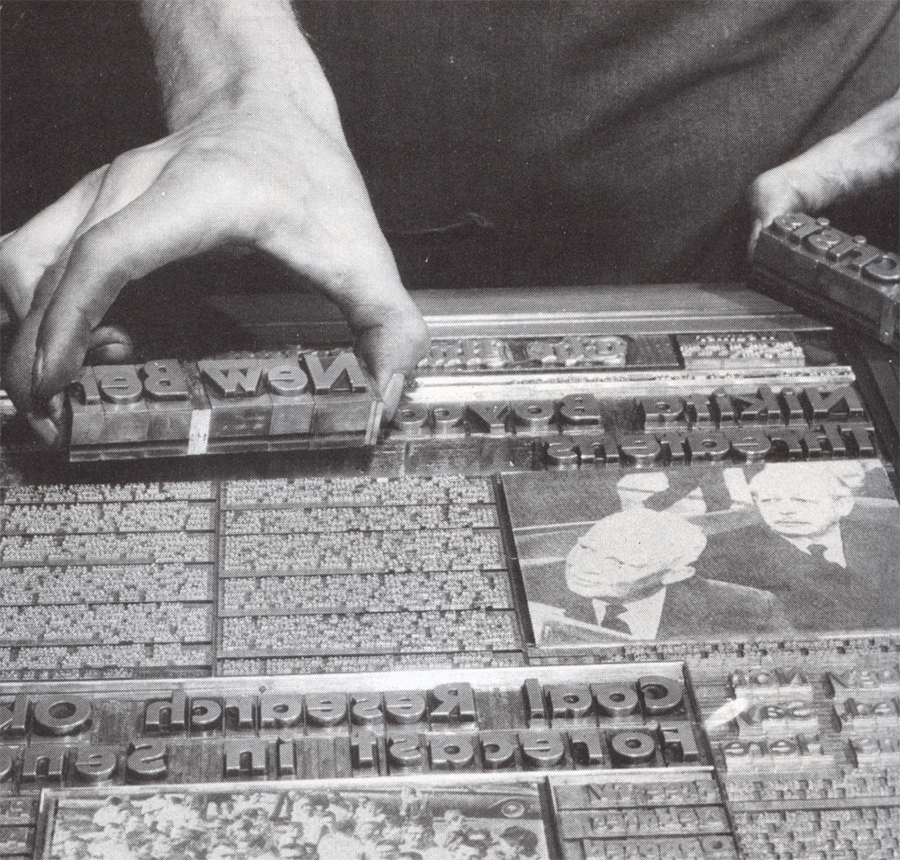
Unlike most newspaper publishers today, Col. Long knew his way around the press room and the composing room, where, in the days of hot-metal type, stories were set and pages assembled. When something went wrong with the press, he often rolled up his sleeves and fixed it. The story is told that one day in The Advertiser’s early years he let it be known that
he wanted to see no more “boiler plate” in the paper. “Boiler plate” was the term for preset stories – often weeks out of date – used to fill up pages after all the latest news had been included. Despite Col. Long’s order, the stuff continued to appear. Day after day, the composing room foreman apologized that he had to use “just a little bit to fill.” Then one morning, Col. Long appeared bare-armed in the composing room. He said not a word but went about the shop collecting all the boiler plate he could lay his hands on and tossed it into a metal pot to be melted down. “Now, by gosh, let’s see you use it.”
Over the years, Col. Long and his sons not only made The Advertiser and The Herald-Dispatch the region’s leading newspapers but branched out into, first, radio, and later, television. The broadcasting stations were later sold. Among them were WSAZ-TV, Channel 3, one of the nation’s oldest TV stations, which still retains its original call letters, and WSAZ radio, which is now WRVC.
In 1948, the newspapers were hit by a printer’s strike but never missed publishing an issue. Newsroom employees and others worked in the composing room, setting type and putting pages together while the striking printers walked a picket line outside the building on Fifth Avenue.
Beginning in 1958, the company suffered a number of deaths in its executive ranks. In November of that year, Edward Long died after a long illness. And in December, Col. Long himself, then an amazing 95 years old, died. Walker Long died in 1961. Two years later, Dave Gideon’s nephew, William D. Birke, who had become company president, died. His widow, Helen Birke, was elected the company’s board chairman, while Edward Long’s widow, Hilda Long, was elected president.
And in January of 1971, the story of newspapering in Huntington ended one chapter and started another, when the Huntington Publishing Co. was sold to the owners of Hawaii’s Honolulu Star-Bulletin.
• • •
Huntington’s newspapers changed hands not once but twice in 1971. First came their January sale to the Honolulu Star-Bulletin. Then, in August, the Hawaiian company in turn was purchased by the Gannett Co., the nation’s largest newspaper company.
In the 20 years since, the newspaper’s typewriters have given way to computer terminals, and the noisy Linotype machines which once spit out lines of metal type have been consigned to the junkyard.
Today, the new technology in use at The Herald-Dispatch includes “pagination,” a process which enables editors to assemble the newspaper’s pages on computer screens. Under Gannett, a series of six individuals have served as publisher here: N.S. (Buddy) Hayden, Harold E. Burdick, C. Donald Hatfield, Dan A. Martin, Denise Bannister and, currently, Robert Carlson.

In 1979, Huntington saw the end of an era, when the company’s two newspapers were merged into one. Time was when The Advertiser had been the company’s flagship and The Herald-Dispatch had trouble keeping pace. But over the years the reading public’s taste changed. The circulations of morning newspapers such as The Herald-Dispatch steadily grew, while those of afternoon papers such as The Advertiser plunged. Eventually, the lagging circulation of The Advertiser dictated its demise. Many long-time staffers on The Advertiser moved over to The Herald-Dispatch.
Currently, The Herald-Dispatch, like other Gannett newspapers across the country, is involved in News 2000, a program aimed at determining what readers see as their key concerns. A crusty old newspaperman such as Col. Long might well scoff at the prospect of having his editors sit down with “focus groups” to discuss how to make the newspaper more appealing.
But maybe not. For Col. Long was a great believer in keeping up with the times. And that, when you get down to it, is what News 2000 is all about – helping newspapers such as The Herald-Dispatch keep abreast of the changes in their communities.
James E. Casto is the associate editor of The Herald-Dispatch.
• • •
The Cast of Characters
An unforgettable bunch of journalists left their mark on the pages of The H-D.
H.R. “Punk” Pinckard liked to tell about his introduction to West Virginia. The year was 1922, and Pinckard was arriving via train from Illinois, where he had been working. A friend had promised to meet him at the station.
“My friend was waiting on the platform. His shoulders, as he leaned against an empty express truck, hands deep in trouser pockets, expressed a boredom languid but profound. Yet he roused himself to give me a critical stare that began and ended at the point where my cigarette projected from a carved ivory holder.”
His friend told Pinckard he’d best get rid of the cigarette holder. The newspaperman indignantly refused. “All right,” his friend said. “But let me get on the other side of the street. These mountaineers will have a helluva lot of fun shooting it out of your mouth.”
It didn’t take Pinckard long to find out he was having his leg pulled and that, despite the state’s hillbilly image, Huntington wasn’t populated by an “uncouth, tobacco-chewing citizenry.” In fact, as an adopted West Virginian, “Punk” Pinckard was to become one of the state’s most passionate partisans.
Pinckard came to Huntington to work for The Advertiser. After a year, he shifted to The Herald-Dispatch and when the two papers merged in 1927, he became the editor of The HeraldAdvertiser, the new combined Sunday edition of the two. He would hold that post for more that 30 years, relinquishing it and becoming editor of The Herald-Dispatch editorial page in 1959. At his death in 1972, he had worked for the Huntington newspapers for 49 years.
For an even longer period – 54 years – Catherine Bliss Enslow wrote her “Miscellany” column for the society page of The Advertiser. Hollywood might have had Hedda Hopper and its other gossip columnists, but Huntington had Catherine Bliss. Unlike the gossip columnists, her stock in trade was not the wild tale or malicious story but rather the interesting details about the lives of Huntingtonians: the trips they took, the honors they won, the parties they gave and who attended them.
A member of one of Huntington’s oldest families, she began work for The Herald-Dispatch in 1917, shortly after graduating from Huntington High School. “I remember the first story I wrote,” she recalled in later years. “It was about an undertakers’ convention.” A few years later she moved over to The Advertiser and was a fixture there until she retired in 1966. Even then, she continued to write her column until her death in 1973.
A far-from-complete list of other familiar bylines from Huntington’s newspaper history would include William T. Bess, a sports editor who later was circulation manager for the Huntington newspapers; Raymond Brewster, who rose from the reporting ranks to become editor-in-chief of the Huntington newspapers; Fred Burns, sports editor of The Herald-Dispatch who was a nationally known expert on golf; Irvin Dugan, the talented artist whose cartoons featuring “01′ Man Adam” delighted the readers of the Sunday editorial page for decades; Wendell S. Reynolds, who was editorial page editor of The Advertiser when he retired in 1972; Duke Ridgely, whose “Diamond Dust” columns were a colorful chronicle of the local sports scene, and Wiatt Smith, an editor and columnist for The Herald-Dispatch for many years.


